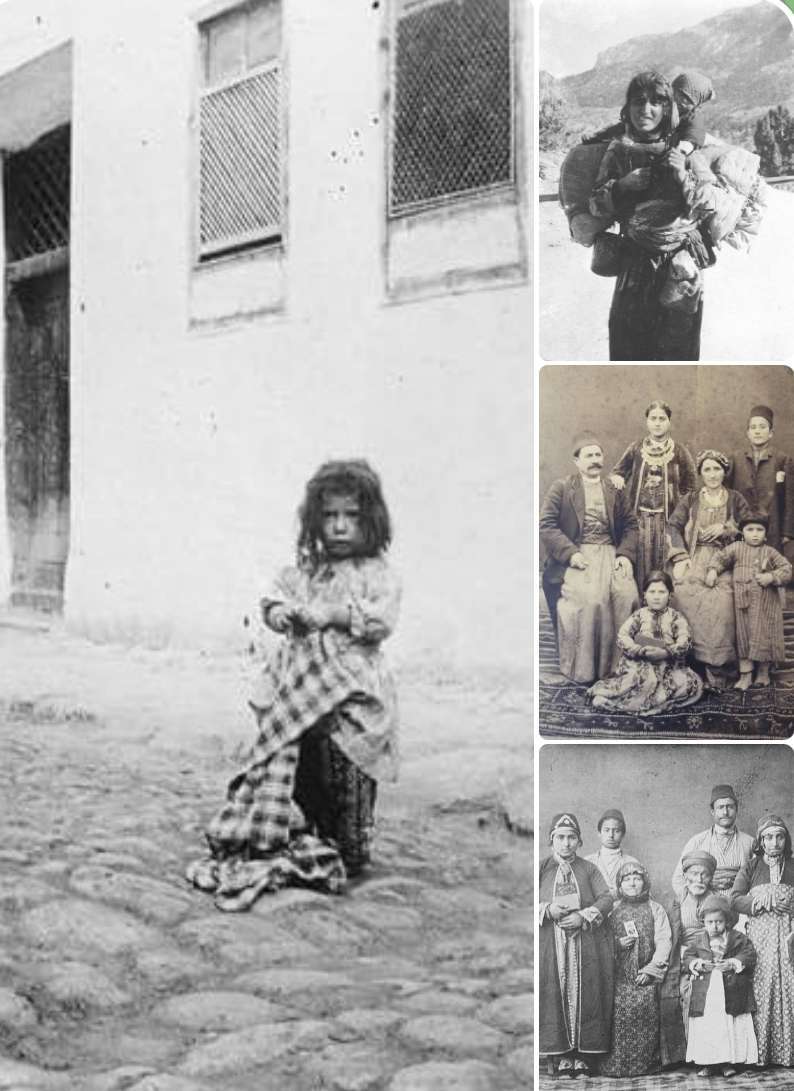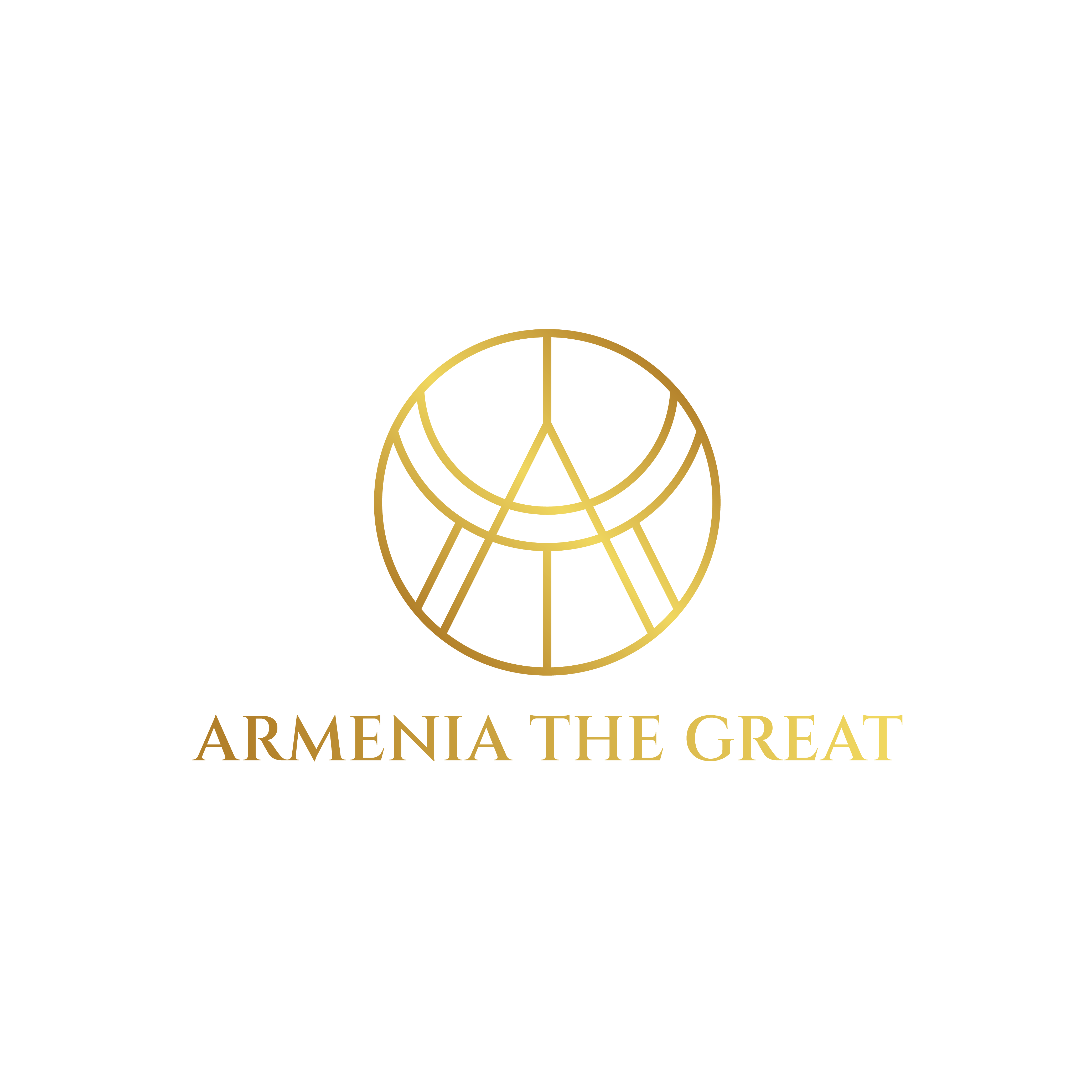Armin Wagner was a German journalist and photographer who worked in the Ottoman Empire all throughout World War I. He was a physician by profession. He is well-known for his documentation of the events that occurred in the years leading up to the Armenian Genocide of 1915. His images reflect the anguish that the Armenian people endured throughout that time period and are an essential historical record of those awful events. Researchers and historians who are investigating the Armenian Genocide and the aftermath of it have brought Wagner’s work to their attention. During World War I, he entered the military as a physician and was dispatched to the Ottoman Empire, where he observed the atrocities that were taking on… The decision that he made to chronicle these incidents through photography was heavily influenced by his medical knowledge as well as his viewpoint toward helping others.
Photographs and negatives belonging to Armin Wagner were concealed in order to safeguard them from the possibility of being destroyed. While he was conscious that such materials could be put in jeopardy, he was also cognizant of the significance of recording evidence of the events that occurred at that time. In order to avoid having his photographic materials destroyed or confiscated when he was residing in the Ottoman Empire, he frequently concealed them from the authorities and other individuals. Wagner was aware of the historical significance of his images, and as a result, he took great care to preserve them after his travels came to an end. These testimonies, which are now a major resource for scholars and historians investigating the Armenian Genocide and its aftermath, were preserved thanks to this decision, which played a significant role in the preservation of these reports.

